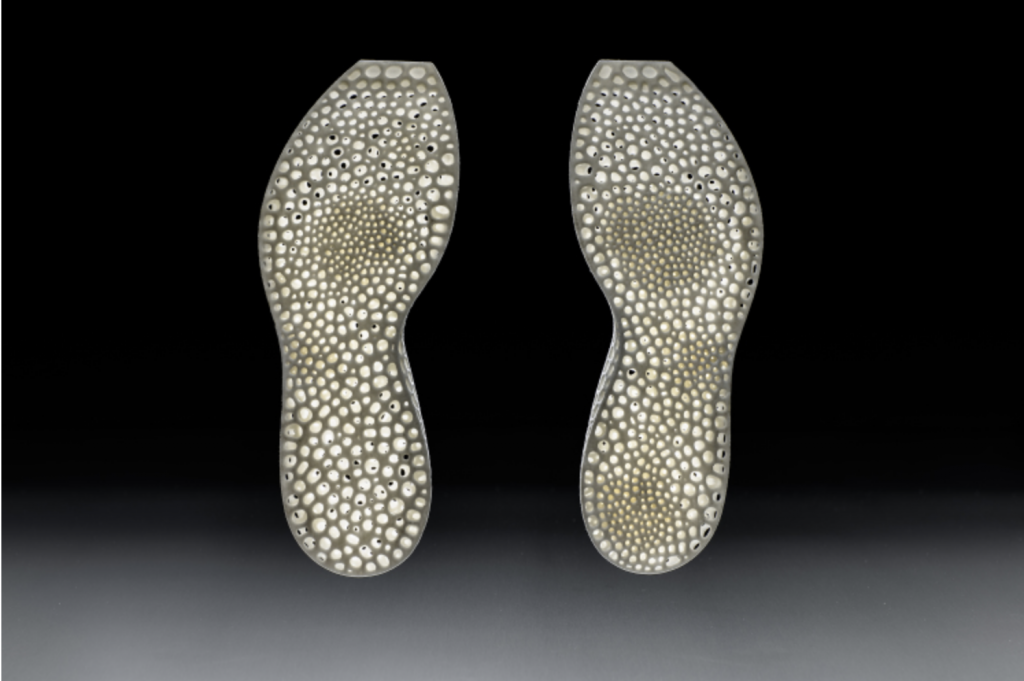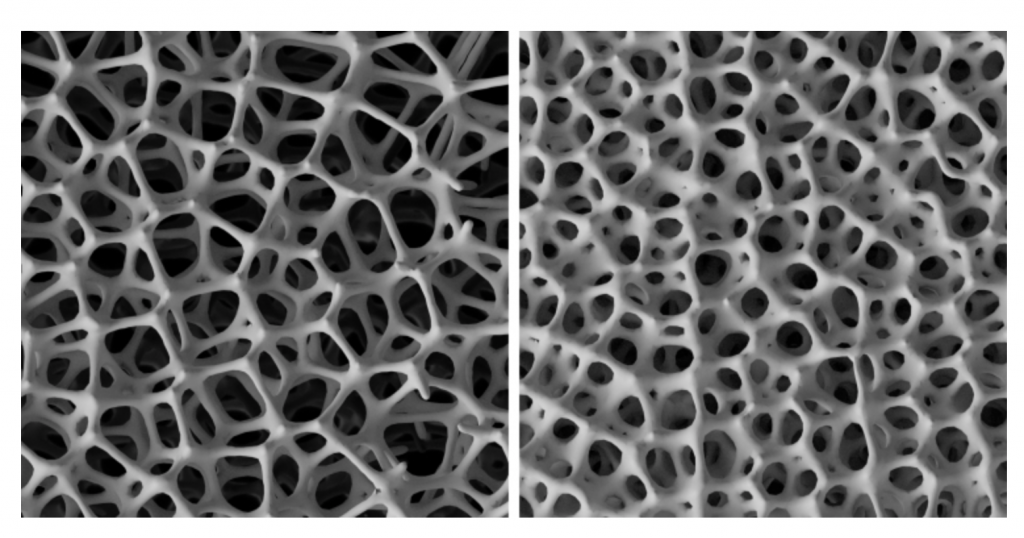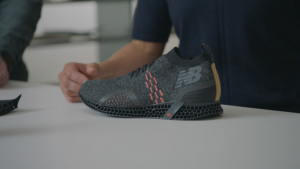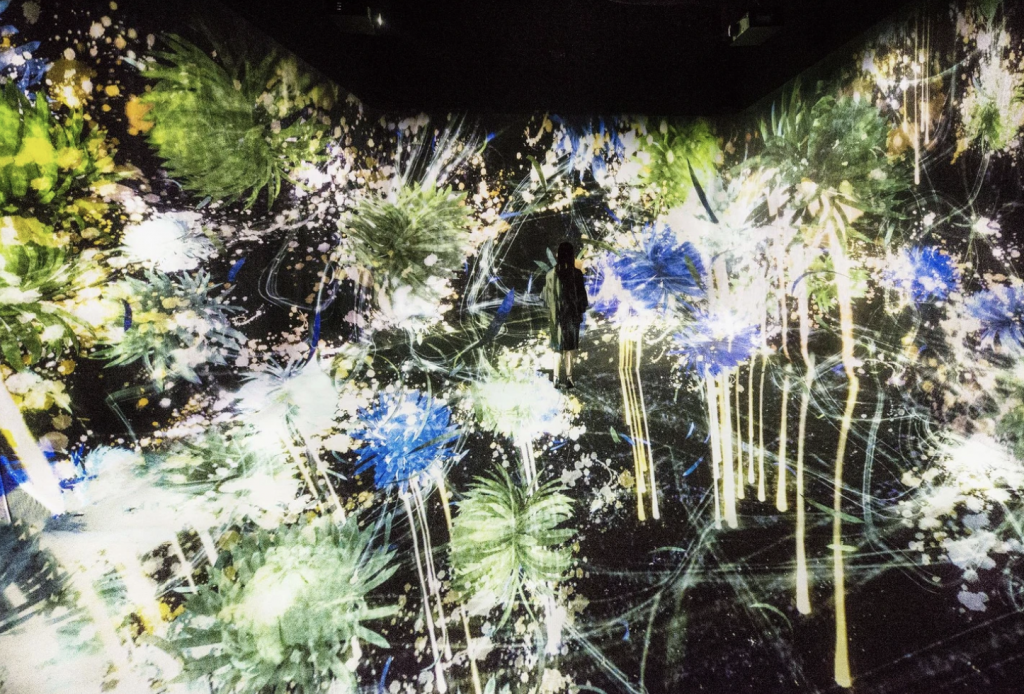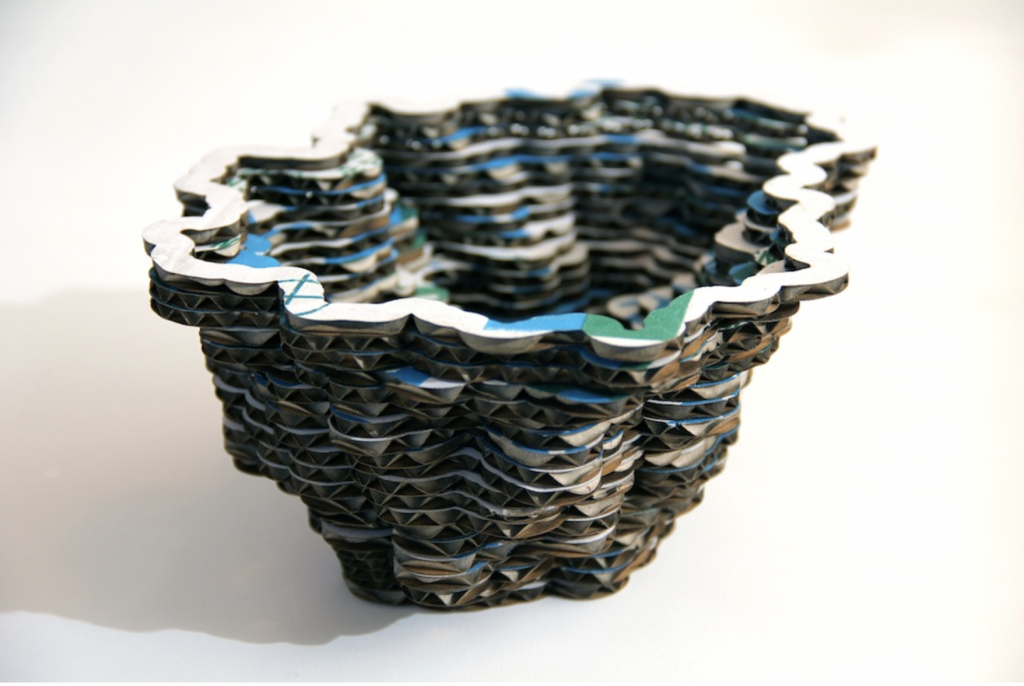
I am inspired by Marcin Ignac’s Tatelt, a generative artifact that uses data from Tate Modern museum. The 3D printable bracelet is very unique to the user, as the person can choose the artwork that wants to be part of the bracelet. Based on the selection, an algorithm using Javascript that has been designed to analyze the complexity and color palettes of the artworks orders the 3D printer to print a bracelet with a specific pattern.
The fact that the artist decided to create an artifact to represent the data really impresses me. Likewise, this project is very similar to datavis (data visualization) in design. I like this artwork in particular because it is a different way of approaching data and visualizing it, as the work combines technology and creativity to create something special. I wish I would be able to combine technology into my design career and be able to create something meaningful.
You can see more of his works here: http://marcinignac.com/projects/
![[OLD FALL 2019] 15-104 • Introduction to Computing for Creative Practice](../../../../wp-content/uploads/2020/08/stop-banner.png)
